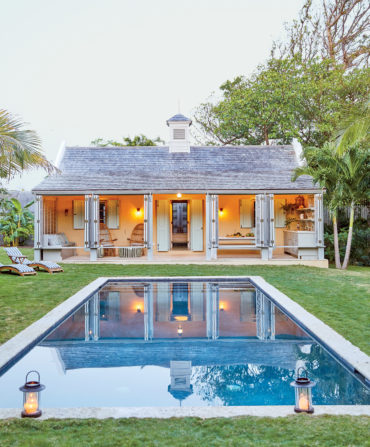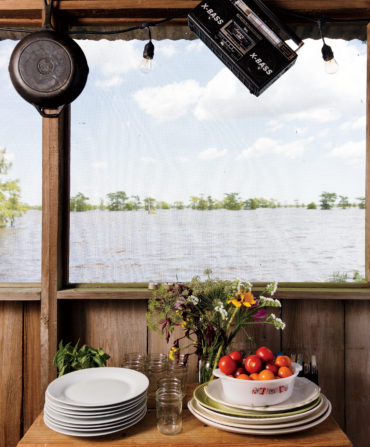Fredericksburg, Texas
The Watering Hole
A cistern from the 1880s finds new purpose on this Texas ranch
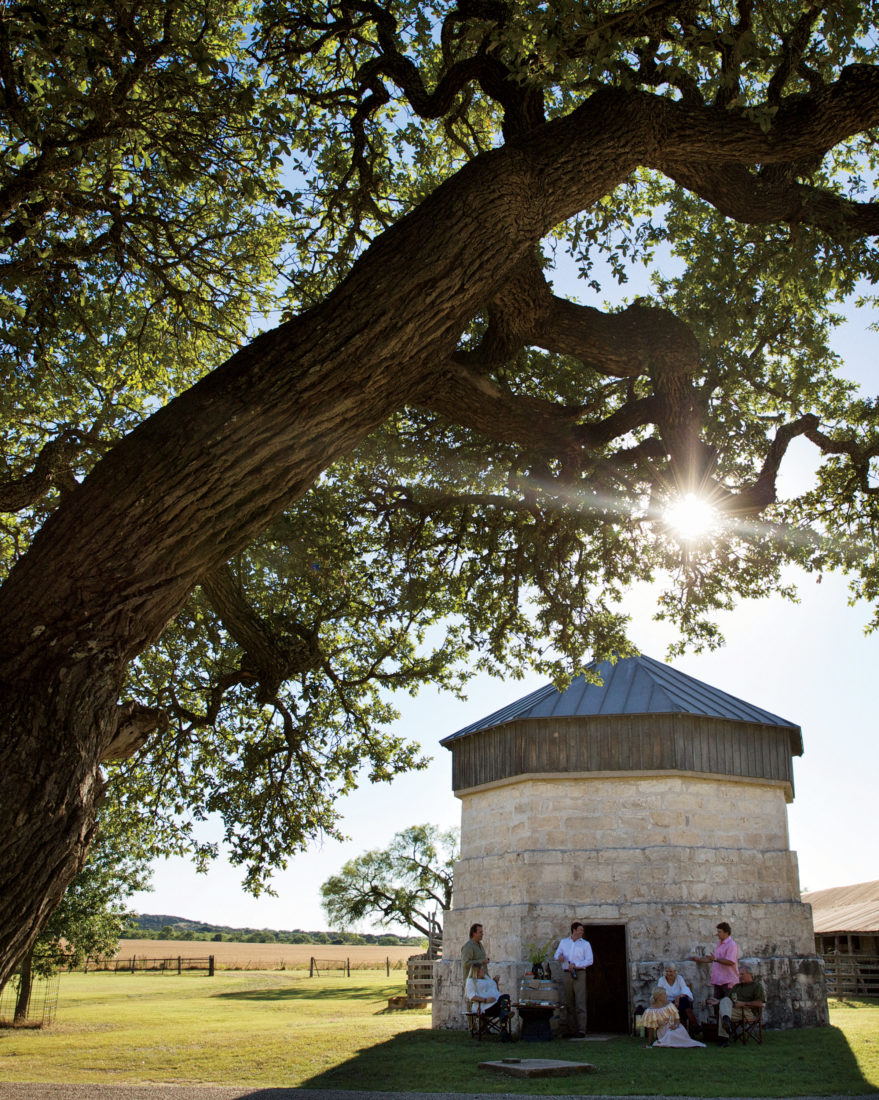
Photo: Kate LeSeur
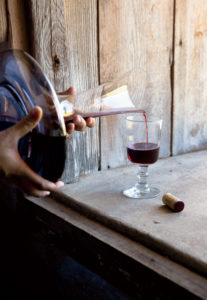
Photo: Kate LeSeur
Decanting a red.
“You feel like you’re in an old wine cave in Europe,” Sallie Lewis Longoria says, referring to the stone cistern at her family’s Texas ranch near the Hill Country town of Fredericksburg. “When it’s dark outside and candles are flickering, it creates this beautiful glow.” Even the acoustics change, she says. “Your senses feel heightened. It’s magical.”
When Longoria’s San Antonio family inherited the ranch from her mother’s grandfather, her parents converted a historic barn into a weekend home. The octagonal cistern, built around 1880 with native limestone walls three feet thick, remained a beautiful relic until a storm ripped off its roof, and the family saw the structure in a new light. They chiseled away the concrete lining to expose the interior stone, and replaced the roof to create a unique gathering space that’s close enough to the kitchen to carry dinner plates or a tray of wineglasses.

Photo: Kate LeSeur
An original door.
The family tends to reserve the cistern for special occasions—weddings, anniversaries, holidays. Its interior measures eighteen feet in diameter, with a towering fourteen-and-a-half-foot ceiling, and a round seven-foot-wide dining table that dominates the space. Custom-made along with a dozen matching chairs and two narrow sideboards of Mexican mesquite, the table’s so big it had to be built in halves and assembled inside the room.
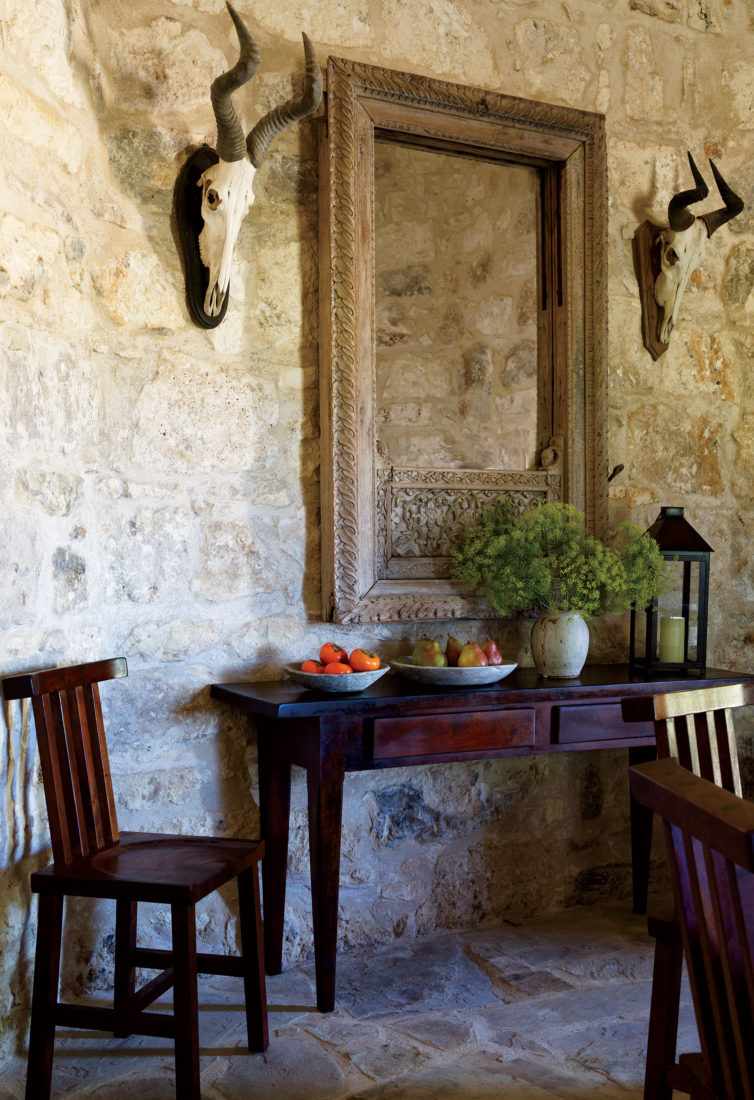
Photo: Kate LeSeur
Chairs made in Comfort, Texas, inside the structure.
One particular Christmas, the family laid out a spread of champagne and caviar—paddlefish roe from Kelley’s Katch Caviar in Tennessee—with warm blinis, chives, chopped egg, the works. “Early in their marriage, my parents splurged on a Buccellati caviar set,” Longoria says. “I love when my mom pulls that out.” It’s special, like dining in a stone cistern.



